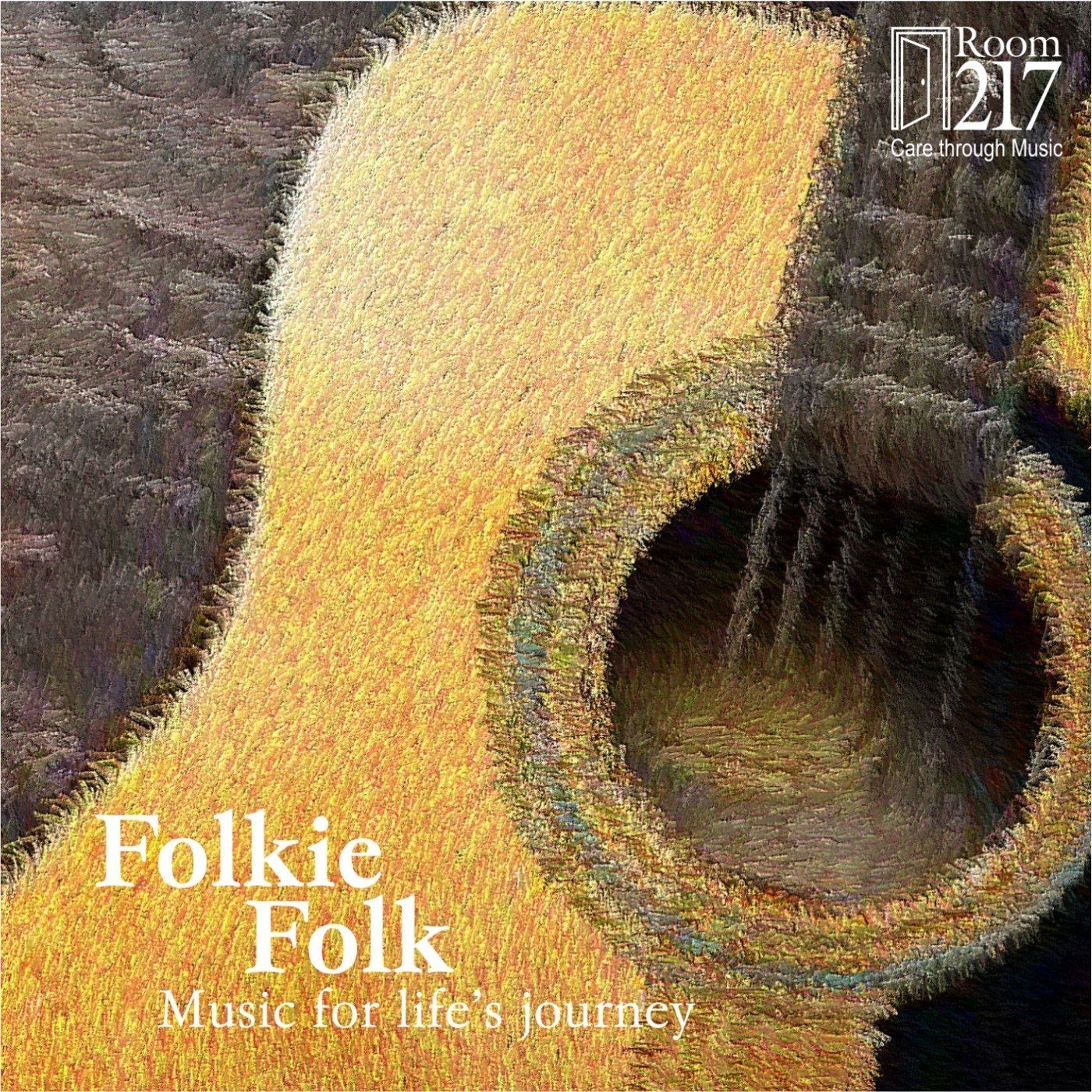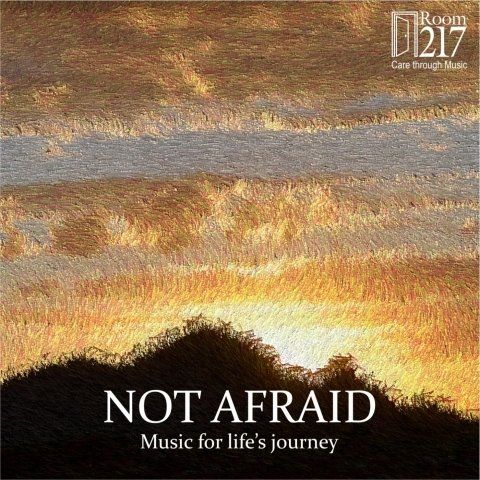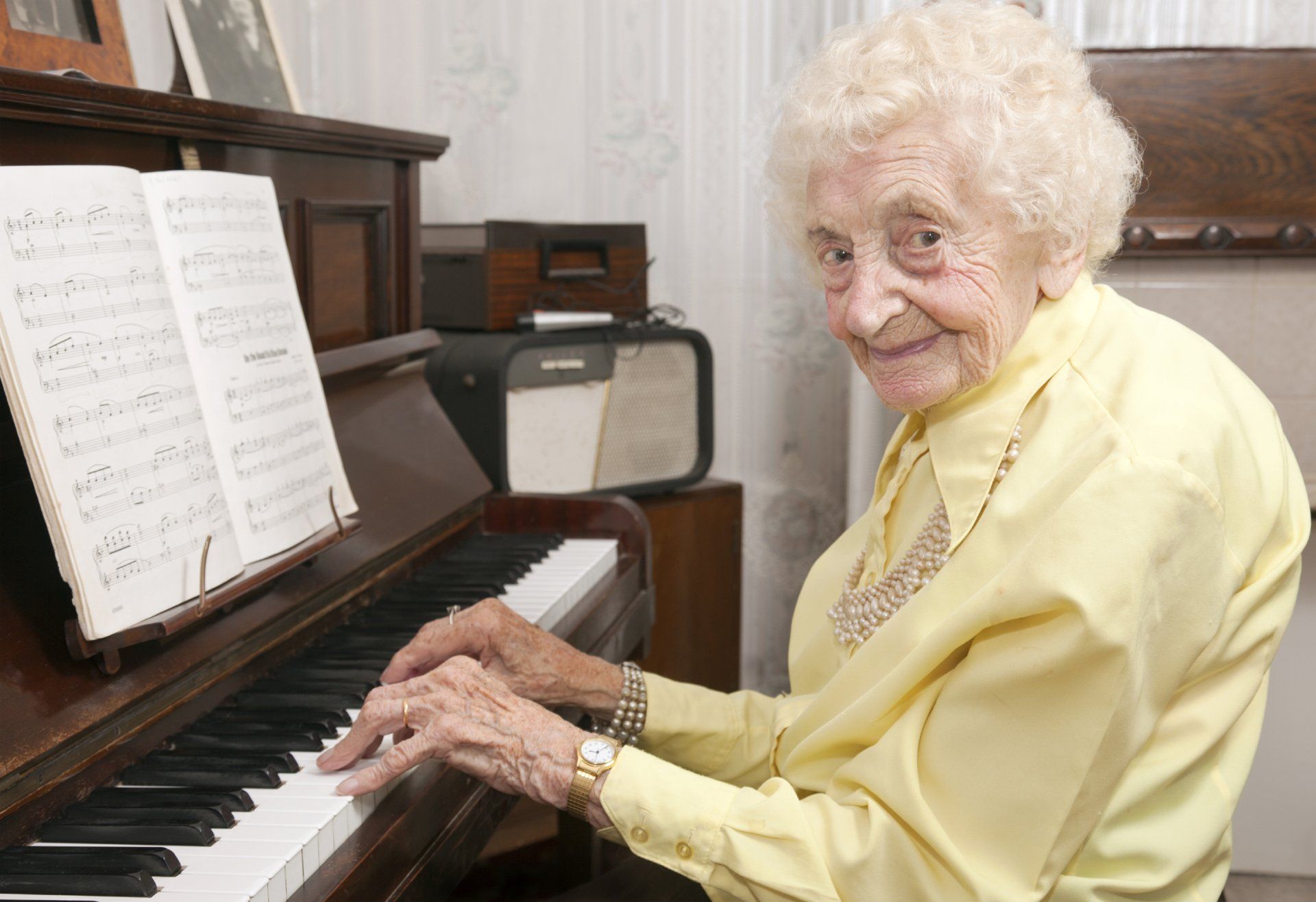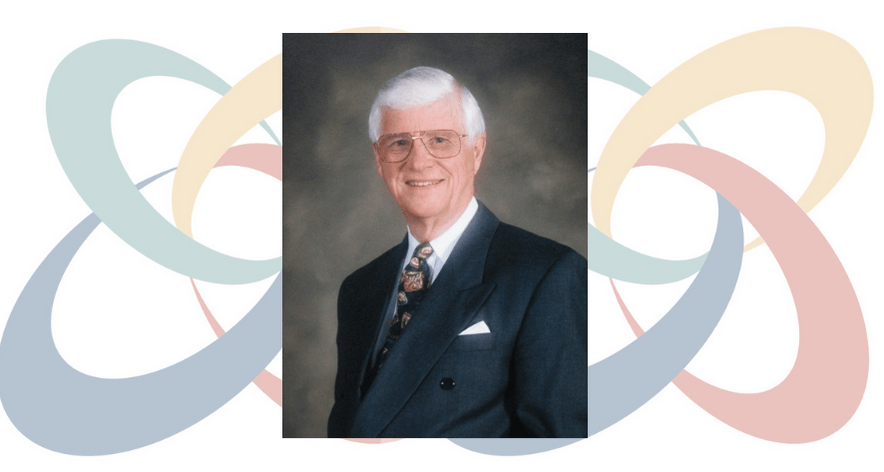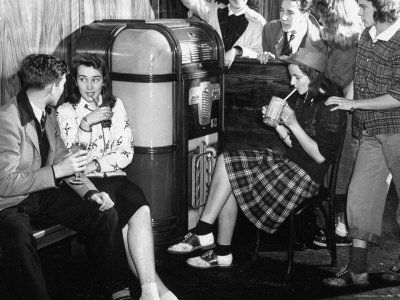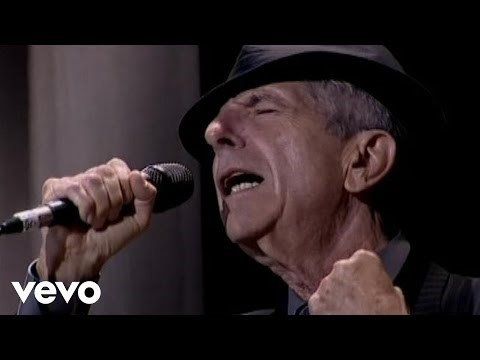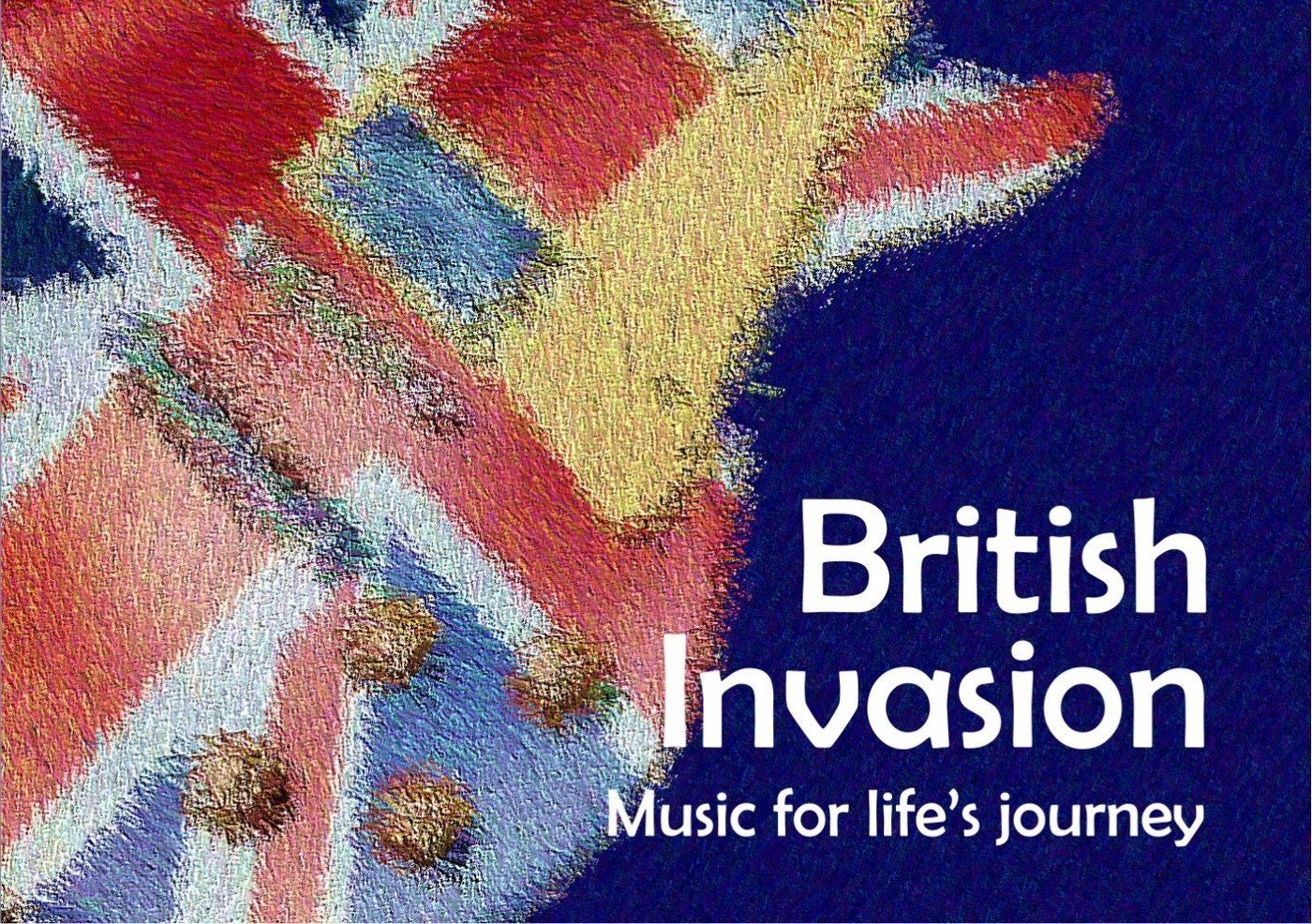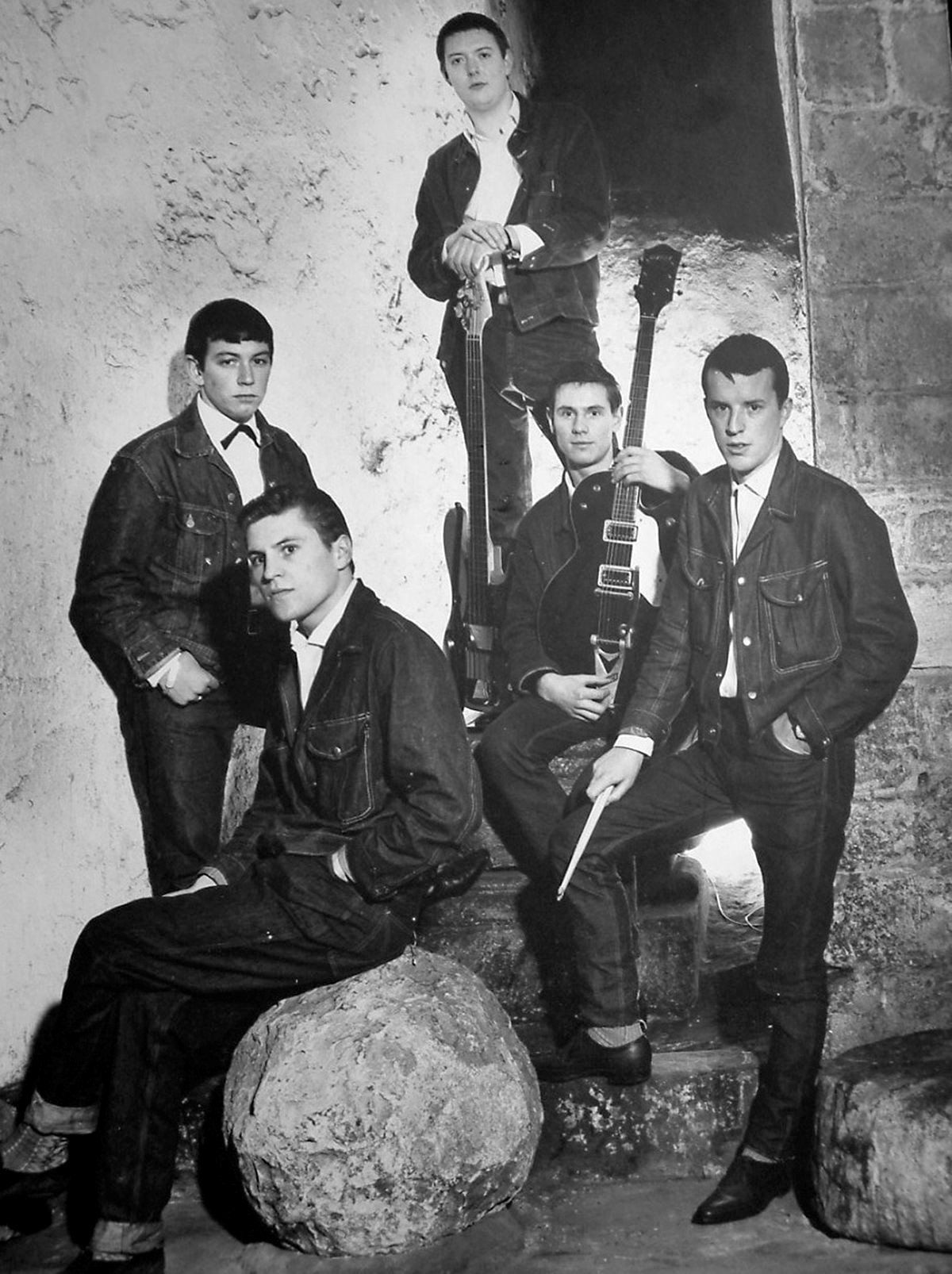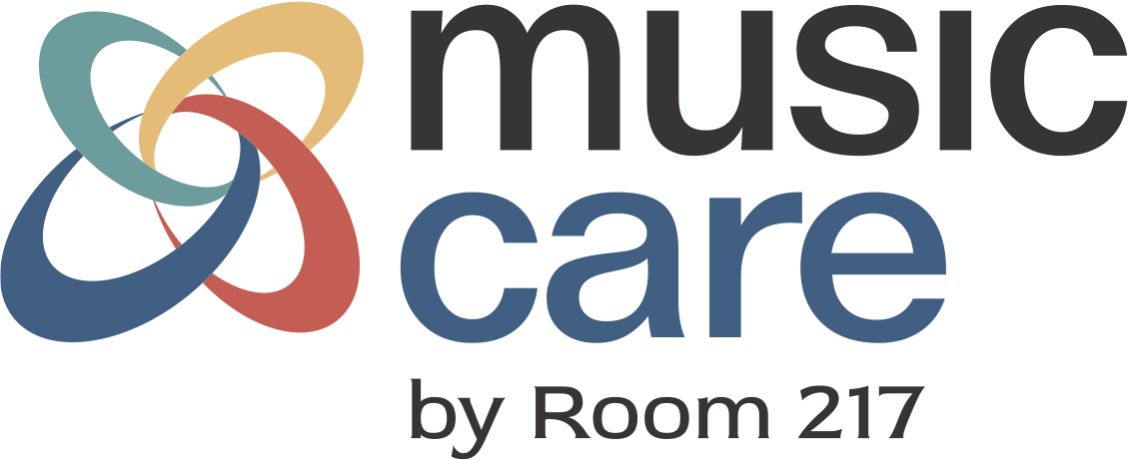Using Music to Build Moral Resilience
An emerging health issue for healthcare workers (HCW) is known as moral distress.
The term refers to the uncomfortable feelings or psychological upset arising when what a professional perceives as his or her morally appropriate action cannot be carried out due to institutional constraints.
Healthcare systems have struggled to cope with the pandemic. A recent Canadian study
suggests that the “systemic failure to safeguard HCW from developing moral distress, or effectively helping manage it [during the pandemic] risks creating a workforce gap in healthcare delivery.” Absenteeism, changed sleep patterns, and mental health symptoms like stress, anxiety, burnout, and depression, or quitting their professions completely have increased amongst HCWs as a results of the pandemic.
Moral injury, a related issue, describes the ethical and moral suffering that arises from a betrayal of a person’s core values. It is prevalent among HCW who are psychologically and practically ill-prepared, inexperienced, and poorly supported. The British Medical Journal
has stated that moral injury may become the most significant injury for HCW as a result of the COVID-19 pandemic.
Many HCW had insufficient or non-functional PPE during early stages, leaving them inadequately prepared and poorly supported. Many HCW were unable to communicate effectively with patients and colleagues. Many were working in unfamiliar clinical environments. Many had to inform family members over the telephone. Many had to decide who could and couldn’t receive treatment.
The experience of moral distress and injury throughout the pandemic has caused feelings of guilt, remorse, shame, and anger in HCW.
Moral resilience, the capacity to sustain or restore one’s integrity in response to moral adversity, is a pathway towards reducing the unhealthy effects of moral distress and injury. Research has shown us that music supports resiliency in general. We are beginning to witness how music is supporting moral resiliency too.
Prior to COVID, a group of oncology nurses used music to reduce moral distress. A storytelling through music program
created a safe space for them to discuss work-related emotions. The intervention allowed these nurses to gain an understanding of shared experiences and awareness of collective suffering. As a result, insomnia and loneliness amongst the participants decreased.
Recently, Room 217 held a masterclass for musiccare
certified and pre-certified HCW. It was a safe place for them to express thoughts and emotions in a pandemic work environment. We hired a music therapist, who is also a professional songwriter, to help capture these moments together in a song called “This Ship”
they wrote collectively. A Bitove Method visual artist also expressed what she was hearing from the group in an image, the one connected to this post.
Storytelling through music and songwriting are two creative ways to enhance moral resilience using music. Listening to music is another way. Musical ‘soaking’ helps HCW de-stress and relax their minds and bodies. Full immersion in relaxing music bathes the listener, offers comfort, de-stresses, and the refreshes.
Using purposeful playlists to strengthen resilience is one of the themes in Wellness, Wellplayed: the Power of a Playlist
by Jennifer Buchanan, a music therapist and professional speaker. She shows us how to use music playlists purposefully, as a bridge to something deeper within ourselves, and a way to address our human need to feel, create, connect, and develop resiliency.
The Hamilton Music Collective has just released [April 2022] a series called Soundbites for Superkids, offering parents and teachers musical approaches to promote healthy social and emotional development in kids. Developed by Aimee Berends, a mental health music therapist, this interactive video series helps children apply musical habits to everyday situations to reinforce positive mental health and specifically build resilience.
Music-making also supports moral resiliency. Singing, drumming, humming are all ways to let go of tensions and be renewed through positive group experiences. Endorphins and oxytocin are released and can restore balance at a cellular level. Music-making opportunities may be offered by care communities, or may be found in community hubs, faith communities, or more informally within families and neighbourhoods.
What seems fascinating to me is that the term moral injury was first used to refer to a layer of PTSD soldiers experienced during wars. Concurrently with the pandemic and the moral assault on many HCW, a war has been raging in Ukraine. The world has been deeply moved by the moral resiliency of the soldiers and also of the music that has risen up to strengthen Ukrainians during unimaginable suffering and moral atrocities.
From a child voicing ‘Let It Go’
to the strains of a single cellist playing a Bach cello
suite amidst the rubble, to the Ukraine national anthem sung by an opera chorus
in Lviv moments after a missile attack, the moral resilience of a people is being strengthened through soothing melodies, harmonies and rhythms received as anchors to something higher, worthier, and more beautiful than the pain and moral breakdown around them.
May we all – HCW, those affected by war, and all who are suffering - continue to find the songs, therapeutic musical strategies and interventions that keep us healthy, strong and vibrant.


